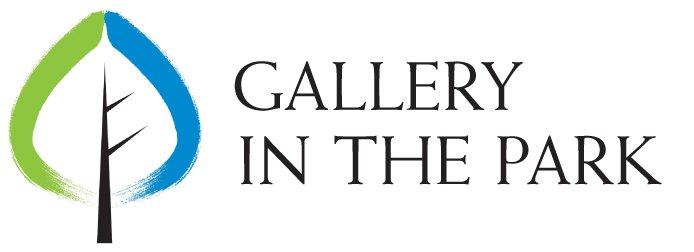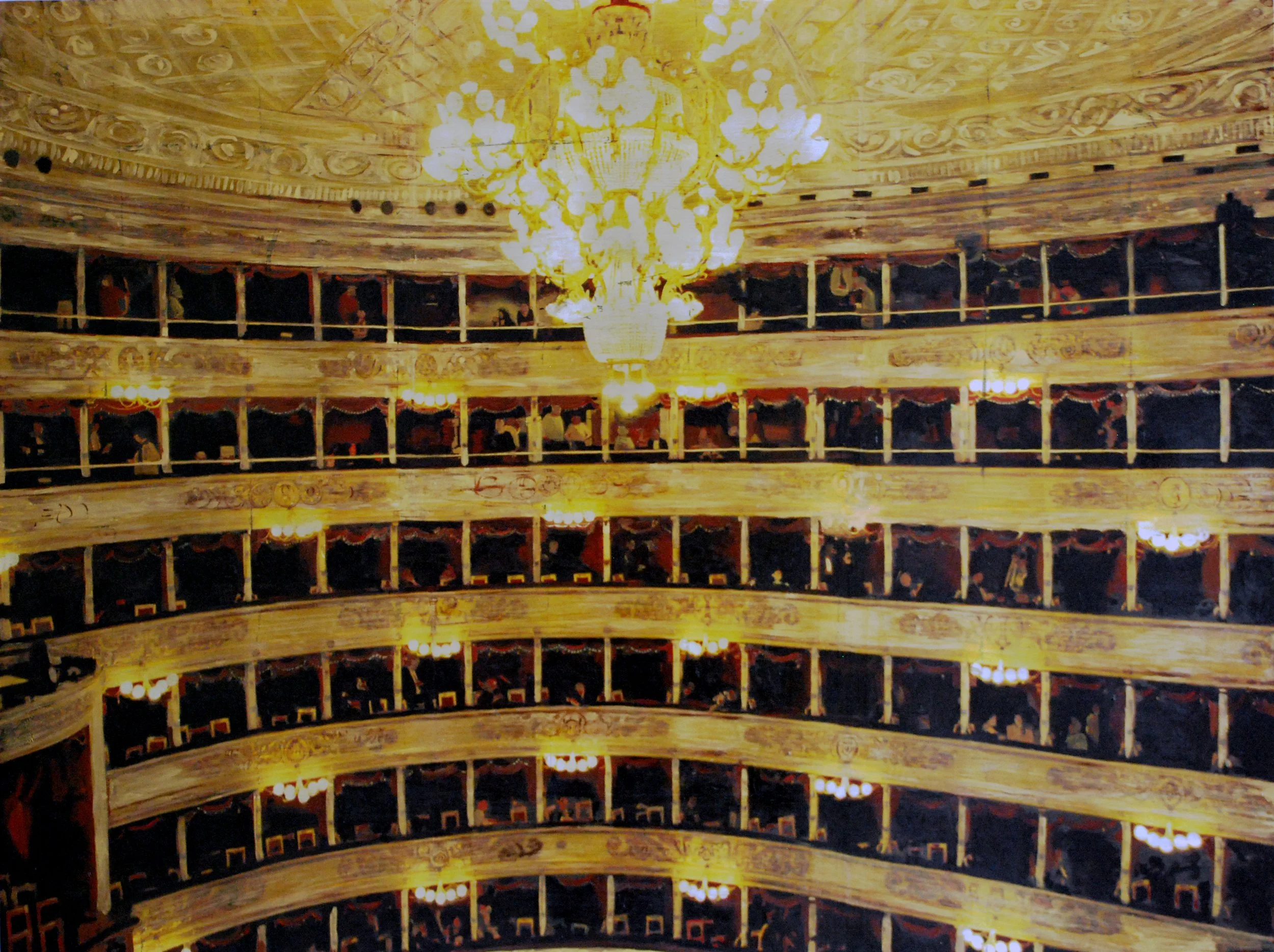November 10th - 16th
Remembering
Gallery in the Park welcomes you to attend 'Remembering', a week-long exhibition honouring Remembrance Day.
Featured artworks include scale-model dioramas of Canadian military vehicles by Barry Friesen and Rod Buhr, paintings by Steve Penner, photographs on loan from Perry Batchelor, and more.
The exhibition is located in the large room on the main floor of the gallery.
Open Monday, November 10th until Sunday, November 16th, 10:00am to 5:00pm daily.
Open until 8:00pm on Thursday, November 13th.
*Due to the nature of the exhibition and the fragility of the featured artworks, children must be accompanied by an adult.
An exhibition opening program will take place on Monday, November 10th in the Millennium Exhibition Centre lobby at 10:00am. This short program will feature a message by Greg Costen, and singing by Callum Morrison.
We hope you will be able to take in the exhibition.
We are now CLOSED for the 2025 season!
August 8 - September 21, 2025
Hollande Bezan
Return to the farm
Hollande Bezan pays tribute to her family’s agricultural roots with a thoughtful series of 40 paintings in Return to the farm. Anchored in the rural landscape just north of Inglis, Manitoba, this body of work explores over a century of connection to the land, honouring the Bezan family and its enduring legacy through five generations.
Bezan draws from her memory and return visits to the farm. Her view hovers at the threshold of its domestic and outdoor spaces, exploring the passage of time, its cyclical nature, and rituals. She depicts the quiet transformation of place via weathered barns, pastures, and intimate corners of her grandparents’ and great-grandparents’ adjoining farms. These works serve not only as an homage but also as a meditation on continuity, impermanence, and how the farm’s significance is cultivated across time.
Hollande Bezan, Seeds of Succession. Acrylic on canvas. 30 x 40”. 2025.
Hollande Bezan
Hollande Bezan is a visual artist based in Winnipeg, Manitoba. Her drawings and paintings are inspired by enigmatic everyday objects and scenes that collectively capture lived experiences. Through emotions ranging from humour to nostalgia, her works tell stories of the textures, ties, and affective patterns that give meaning to modern day life.
Bezan earned her BFA with Honours at University of Manitoba in 2015. Her work has been exhibited at Woodlands Gallery, MAWA (Mentoring Artists for Women’s Art), The Edge Urban Art Gallery, and La maison des artistes Visuels.
Hollande Bezan, Learning to breathe. Acrylic on canvas. 24 x 60”. 2025.
Kae Sasaki
In her work, Kae Sasaki strives to reinvigorate the narrative and atmospheric possibilities of painting, pushing its capacity to create worlds that are at once familiar and extraordinary. Her paintings reflect a continued exploration of the tension between spatial reality and the symbolic, between the seen and the felt. Drawing on everyday corporeal and architectural experiences, she constructs images that bridge, the material and the imagined, situating the viewer in spaces that oscillate between memory, perception, and dream.
The paintings begin with an intentional focus on composition and colour, a deliberate structuring of space and palette that lays the groundwork for deeper discovery. As the process unfolds, she reworks and revises each surface until the image transcends its initial form, revealing unforeseen meanings and psychological undercurrents. At this stage, symbols and other elements emerge intuitively, allowing the work to open itself in a multi-vocal way, inviting complex interpretations. The interplay between control and spontaneity produces a conceptual tension, a quiet yet persistent conflict, that brings the work into focus while maintaining an aura of mystery.
These layered visual worlds are not just explorations of architectural grandeur; they are intimate interrogations of the emotional and symbolic weight that such spaces carry. Opera houses, with their sweeping interiors, gilded ornamentation, and rich histories, become fertile ground for narratives of performance, collective experience, and cultural memory. Yet, as the psychological and symbolic components take over, the paintings transcend their subject, destabilizing easy readings and deepening engagement.
This body of work reflects Sasaki’s ongoing interest in how painting can mediate between perception, memory, and narrative within the shifting, often conflicting terrain of contemporary Canadian painting. The layered meanings within the paintings emanate from a profound emotional connection to life experience, creating a dialogue between presence and absence, grandeur and decay, silence and sound between what is readily grasped and what resists understanding.
Kae Sasaki, I Hear It Well But Scarcely Grasp It. Acrylic on canvas. 36 x 48”. 2017.
Wanda Slawik
A Year Without Christmas
This special collection of my mono-prints and paintings emerged in the pandemic years, between 2020 and 2022.
Slawik remembers those days of silence, social isolation and emotional pain we endured. We witnessed family breakdowns, career disintegration and personal challenges all around us. Our hope was shaken. Constant restrictions marred our daily struggles and each day the news made our outlook more uncertain and bleak. The world changed beyond recognition - the seasons of celebration were gone; our Christmas did not return.
We did not know how long this would last… And in this uncertain time, Slawik’s one reaction was to create. It was her cure and her way to reach to the core of her being, the place that was essential and most vital to her existence.
It was then that she recalled the Winnipeg New Music Festival of 2003 and the day when she first heard a brilliant piece by Georgian composer Giya Kancheli, titled, “Life without Christmas”. The work spoke of deep sorrow and perhaps the hope for better days in some tragic place of Kancheli’s experience. Little did she know that this deeply moving music would someday, represent her own reality…and even inspire her own hope for the future. Slawik’s paintings document those feelings and experiences.
Wanda Slawik, How Can I Live My Life Up to 25% Capacity? Mixed media. 22 x 28”. 2021.





